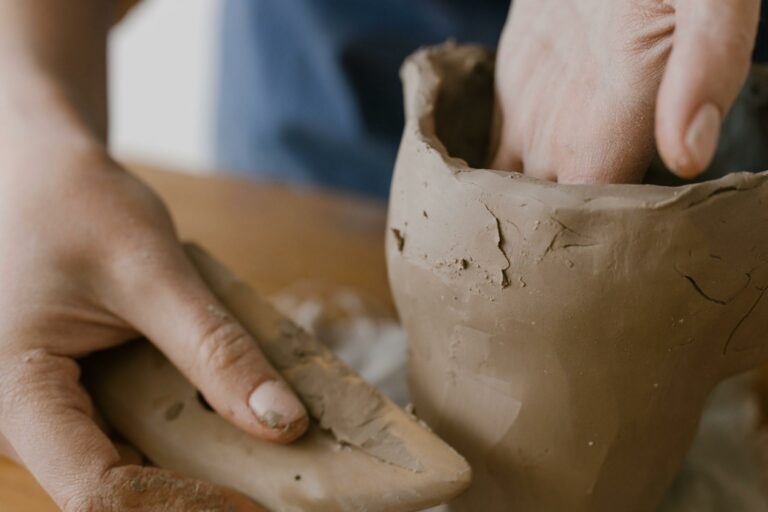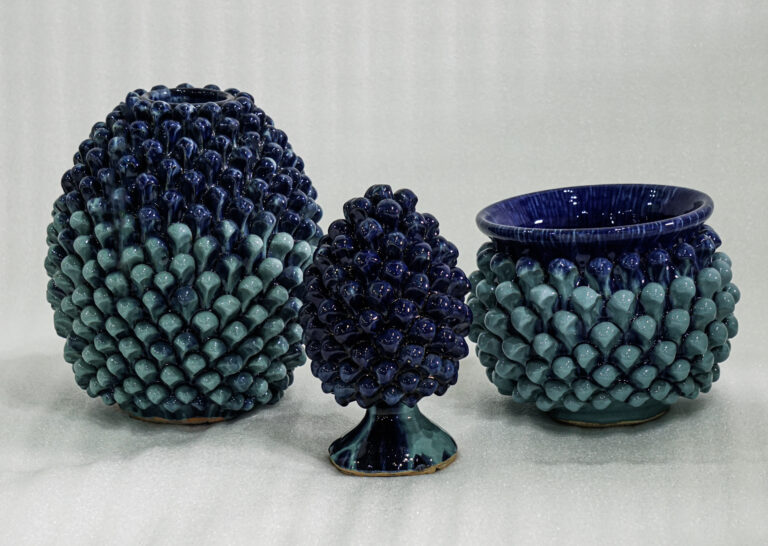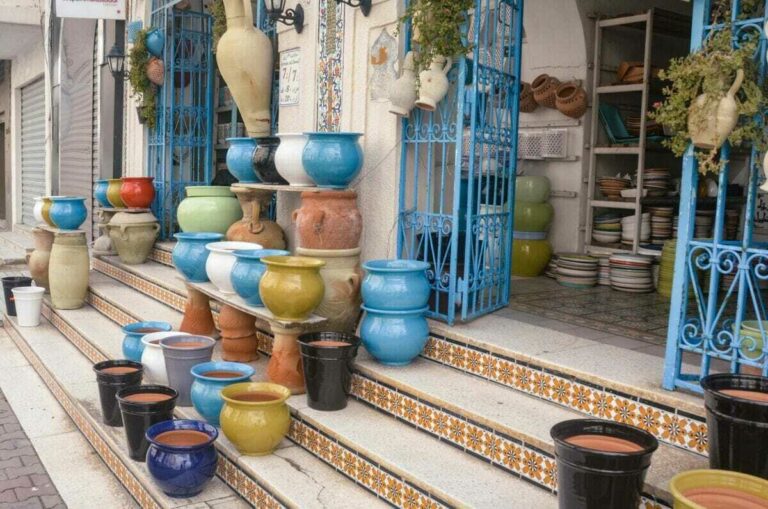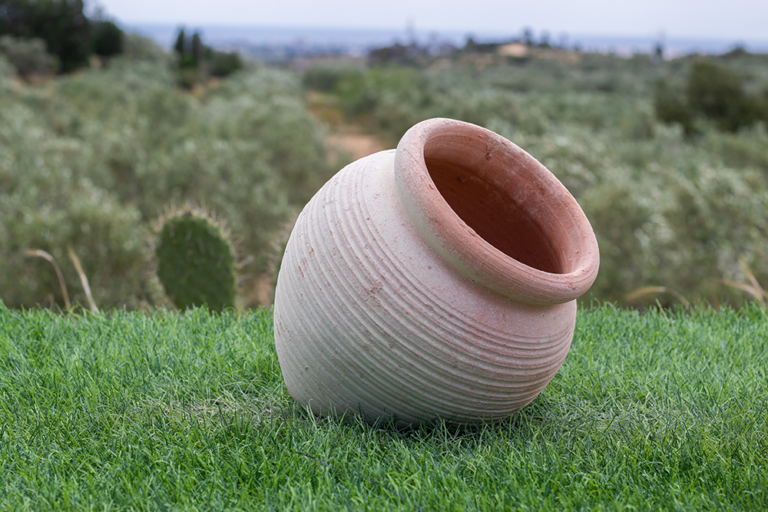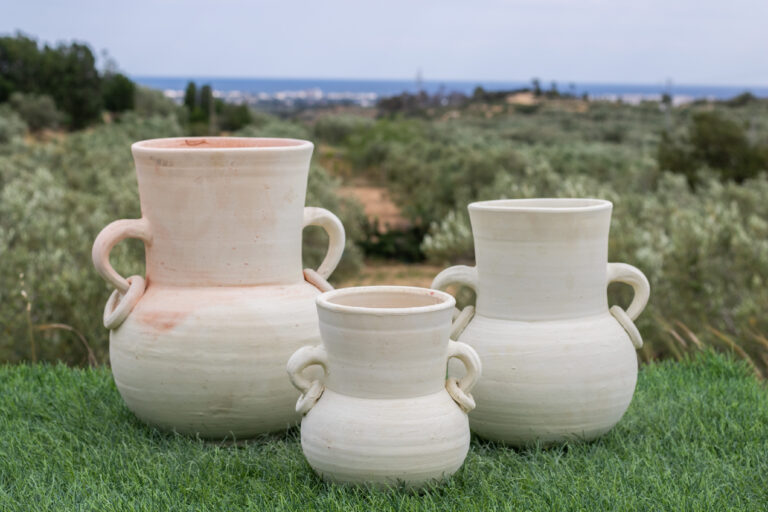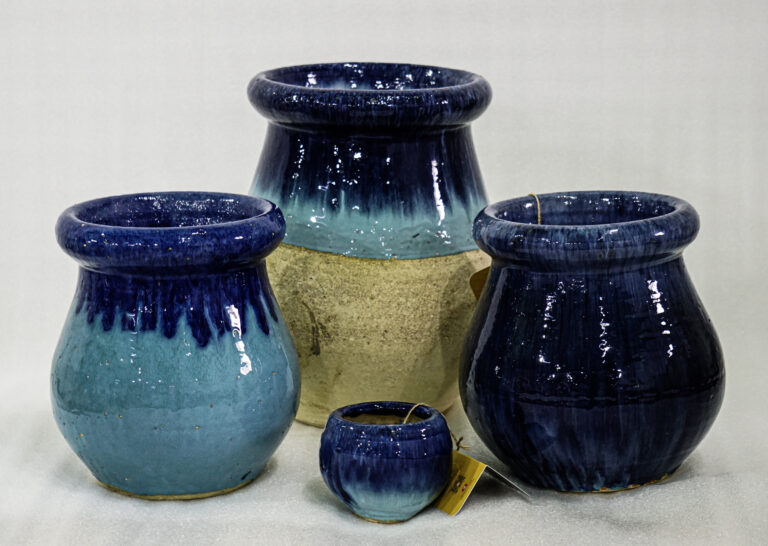Tunisian pottery boasts a rich history that spans millennia, reflecting the diverse cultural influences that have shaped the region. The art of pottery in Tunisia dates back to ancient times, with archaeological finds revealing works from the Phoenician, Roman, and Islamic periods. These historical influences have melded together to create unique styles and techniques that are distinctly Tunisian. Traditional Tunisian pottery is characterized by intricate patterns, vibrant colors, and practical forms, ranging from everyday kitchenware to elaborate decorative pieces.
Several cities in Tunisia are renowned for their pottery production, each with its distinctive style. Moknine, located in the Sahel region, is particularly famous for its outdoor garden pottery. The artisans here skillfully produce a variety of garden pots, planters, and decorative items that are both functional and aesthetically pleasing. These pieces often feature earthy tones and intricate designs, reflecting the natural beauty of the region and its rich cultural heritage. Such pottery adds a touch of rustic charm to any outdoor space, making it highly valued for garden decoration.
Sejnane, a small town in the north, is another significant center for traditional pottery. The women of Sejnane have preserved ancient Berber methods, creating pottery by hand without the use of a wheel and firing it in open-air kilns. This technique results in distinctive, rustic pieces that are highly valued for their authenticity and cultural significance. The ceramics from Sejnane often feature geometric and symbolic patterns, reflecting the town’s deep-rooted heritage. Similarly, Gafsa, located in the south-central part of Tunisia, is known for its decorative and utilitarian pottery, adorned with intricate designs inspired by the local landscape and historical motifs.
Handcrafted with meticulous attention to detail, pottery from these regions embodies the essence of traditional Tunisian craftsmanship. Artisans employ time-honored techniques, including hand-throwing and natural firing processes, to create durable and visually appealing garden decorations. These pieces often showcase motifs inspired by local flora and fauna, geometric patterns, and symbolic designs passed down through generations. This blend of tradition and artistry ensures that each piece is unique, enhancing the beauty of gardens and outdoor spaces worldwide. Through their work, Tunisian potters not only preserve their cultural heritage but also contribute significantly to the global appreciation of their craft.


